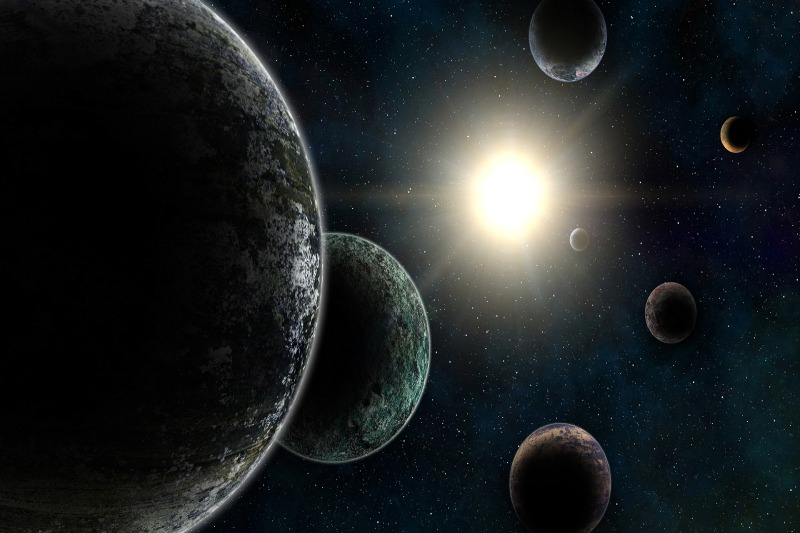Observing a star system not too far from Earth, astronomers recently made the amazing finding of six planets circling a sun-like star in what appears to be a flawless cosmic dance routine.
A planetary formation located 100 light-years away in the constellation Coma Berenices is estimated to be billions of years old. It has the potential to shed light on several riddles related to our solar system.
The new worlds may hold the key to understanding how planets develop and why so many of them are between the sizes of Earth and Neptune. They were discovered in a report that was published on Wednesday in the journal Nature. According to Rafael Luque, an astronomer at the University of Chicago who oversaw an international team on the study, not much is known about the planetary class, known as “sub-Neptunes,” despite how prevalent they are in our Milky Way galaxy.
“This discovery is going to become a benchmark system to study how sub-Neptunes … form, evolve, what are they made of,” Luque said in a statement.
Sync planets around stars are uncommon.
The astronomers utilized NASA’s TESS and the European Space Agency’s Cheops, two exoplanet-detecting satellites, to conduct their observations.
In 2020, TESS noticed reductions in the brightness of HD110067, a star that suggested planets were passing in front of its surface. Curiosity prompted scientists to examine data from TESS and Cheops, where they found what they claim is a unique planetary structure.
While multi-planet systems are widespread in our galaxy, systems with planets orbiting in perfect resonance—that is, with each planet precisely and orderly looping around the host star—are significantly less common. In this instance, the two outermost planets make four orbits for every three of the next planet out, whereas the four planets closest to the star make three orbits for every two of the following planet out.
Astronomers speculate that when planets form, there may be synchronicity like this, but that as time passes, orbits may become out of rhythm. Giant collisions, close encounters with passing stars, and the birth of huge planets can all throw off the system’s gravitational equilibrium.
However, the group of researchers thinks that since the formation of the system billions of years ago, these six planets orbiting HD110067 have been magically carrying out this identical rhythmic dance.
According to Luque, “it displays the immaculate structure of a planetary system that has endured unscathed.”
Astronomers are urging more observations since it’s possible that other planets in the system are still undiscovered.
Aside from the fact that they are gaseous and very hot due to their close closeness to their host star, not much is known about the makeup of the planets or their atmospheres.
According to Luque, it’s improbable that planets outside of the so-called habitable zone could support life, but more information might show whether or not these worlds have the conditions necessary for liquid water to exist on their surfaces.
Astronomers would be able to unravel even more secrets with additional research about the type of disorder that caused the planets in our solar system to become so out of harmony.
Topics #Astronomers #Pristine configuration #Six planets










